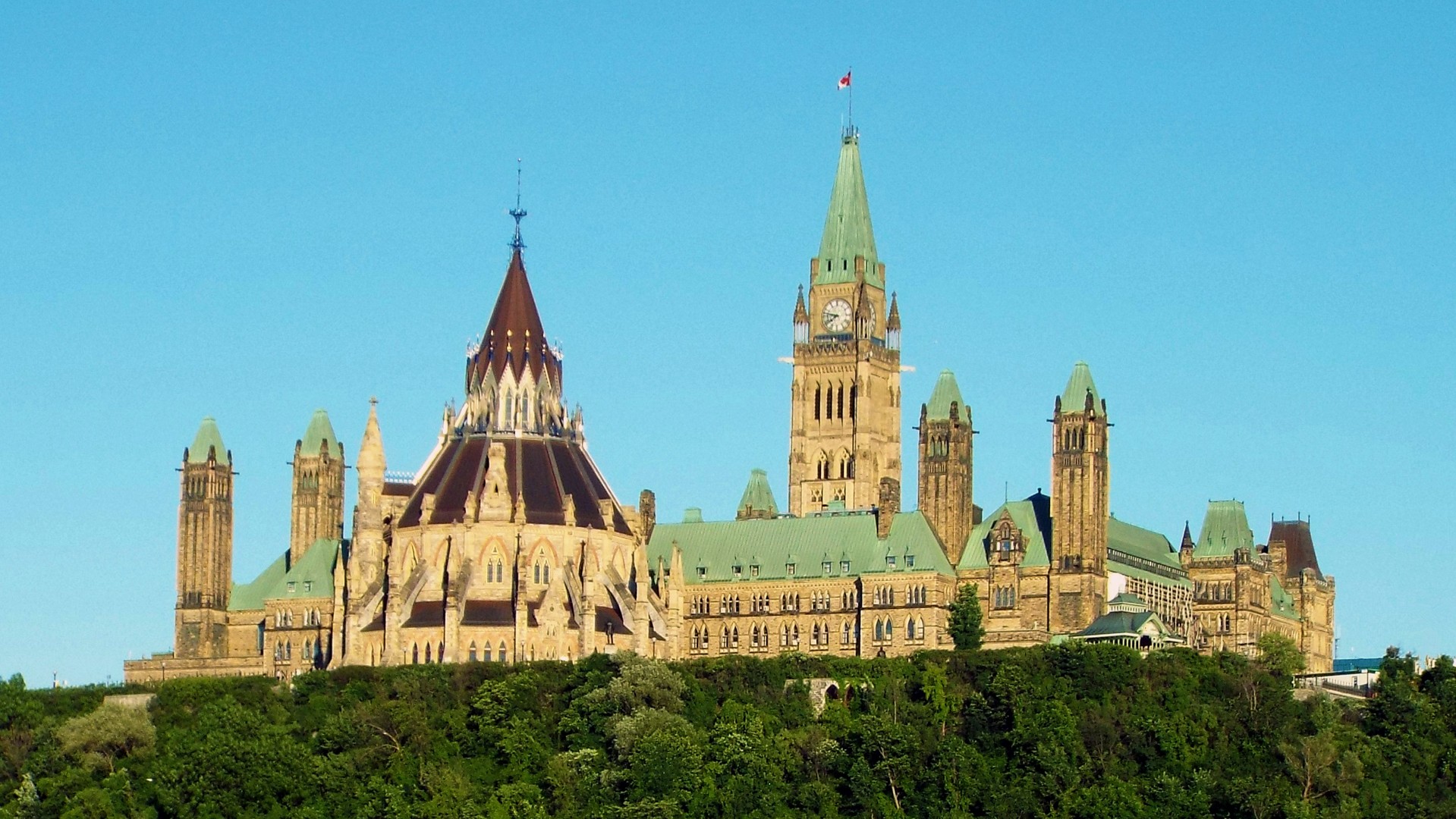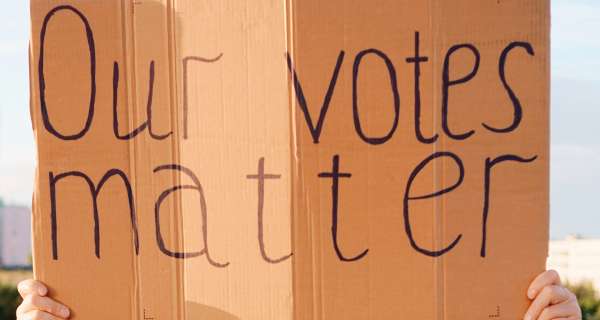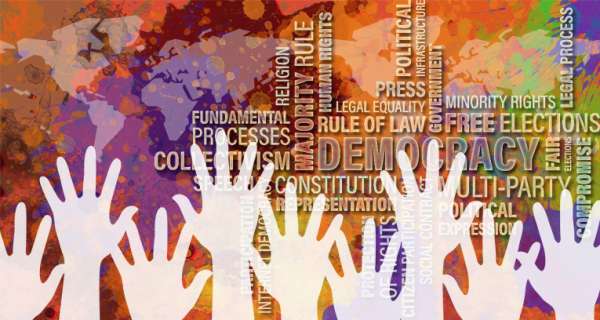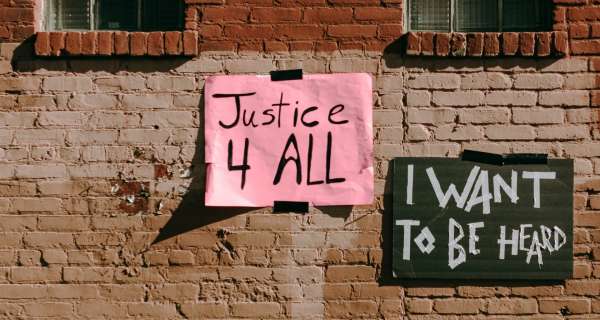Canada

Parliament Hill. Photo by Coolcaesar.
Since 1867, Canada has a parliamentary system within the context of a constitutional monarchy, with the monarchy of Canada being the basis of the executive, legislative and judicial powers.
The direct participation of the monarch and the governor-general in areas of government is limited. In practice, their use of executive powers is directed by the Cabinet, a committee of Crown ministers who are accountable to the Canadian House of Commons elected and led by the Prime Minister.
Canada's federal structure divides government responsibilities between the federal government and the ten provinces. The provincial legislatures are unicameral and function as parliamentarians similar to the House of Commons.
The three Canadian territories also have legislatures, but these are not sovereign and have fewer constitutional responsibilities than the provinces. Territorial legislatures also differ structurally from their provincial counterparts.

























0 Comments